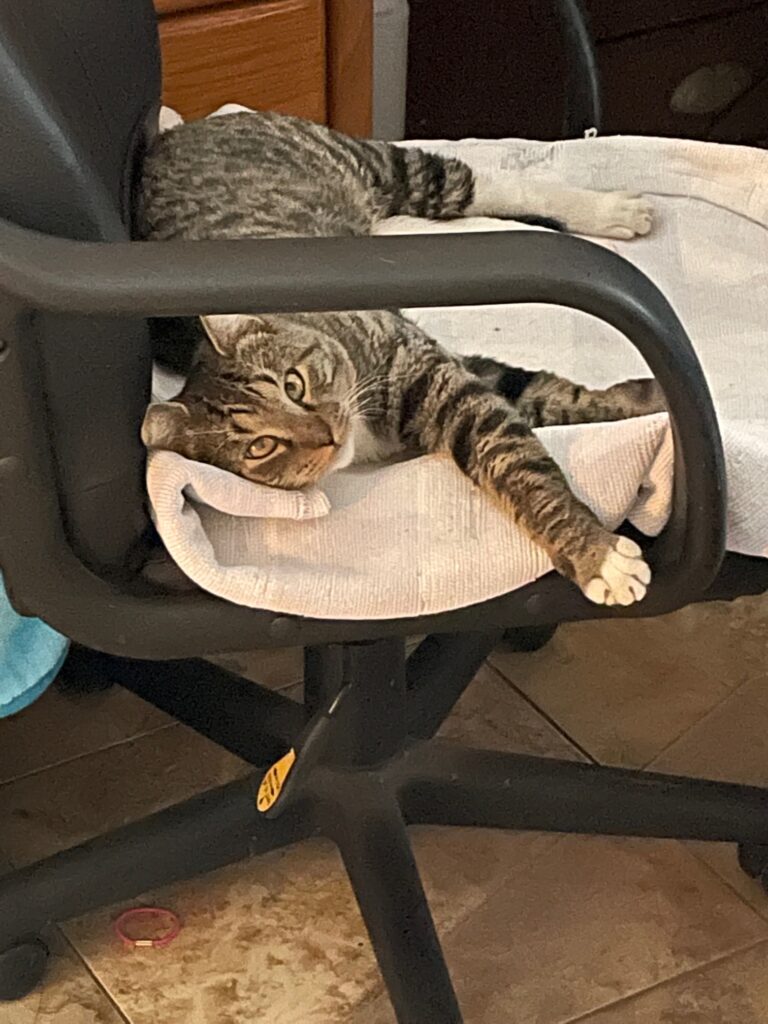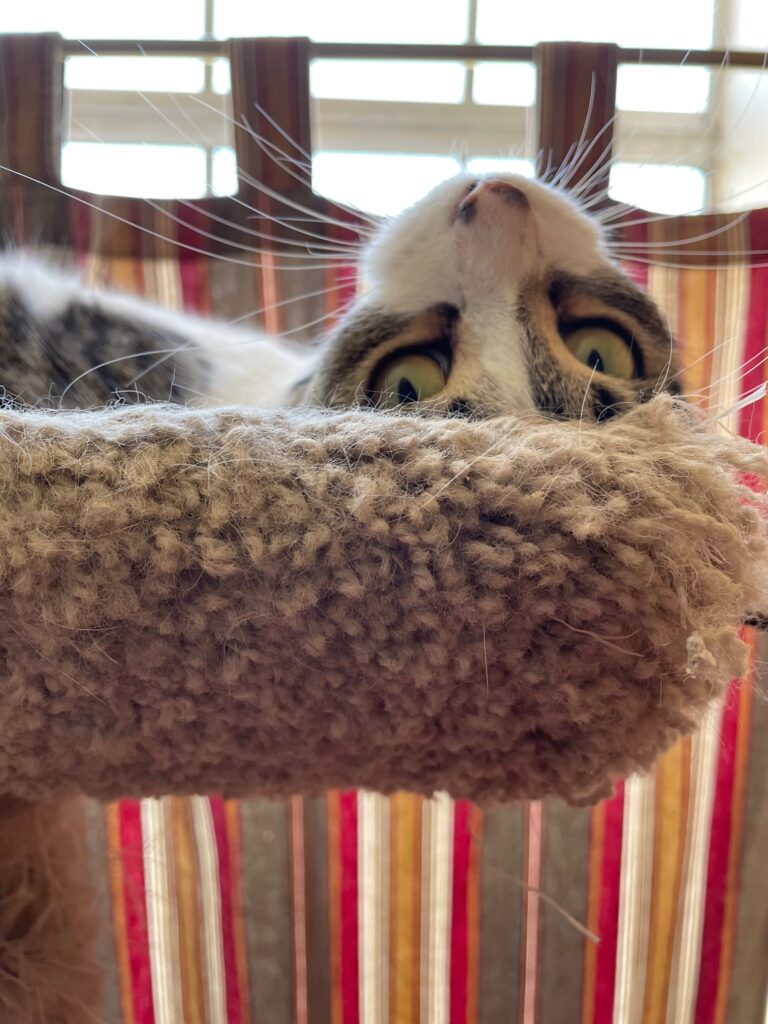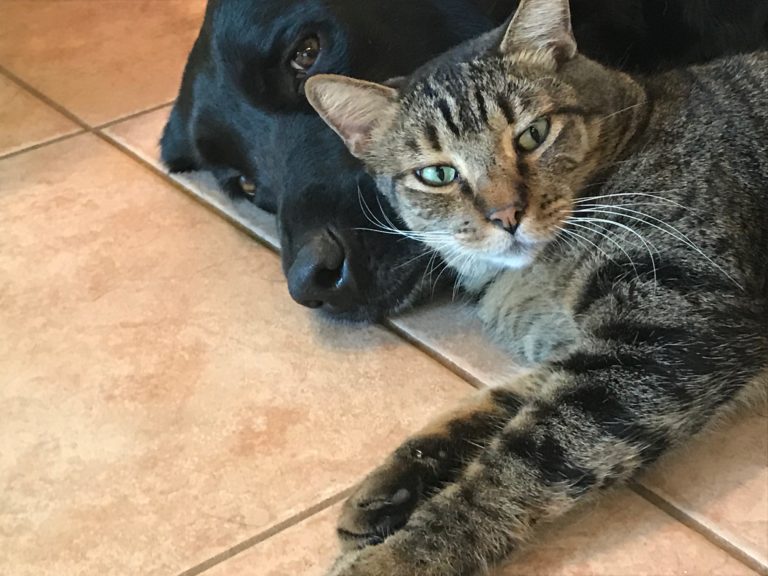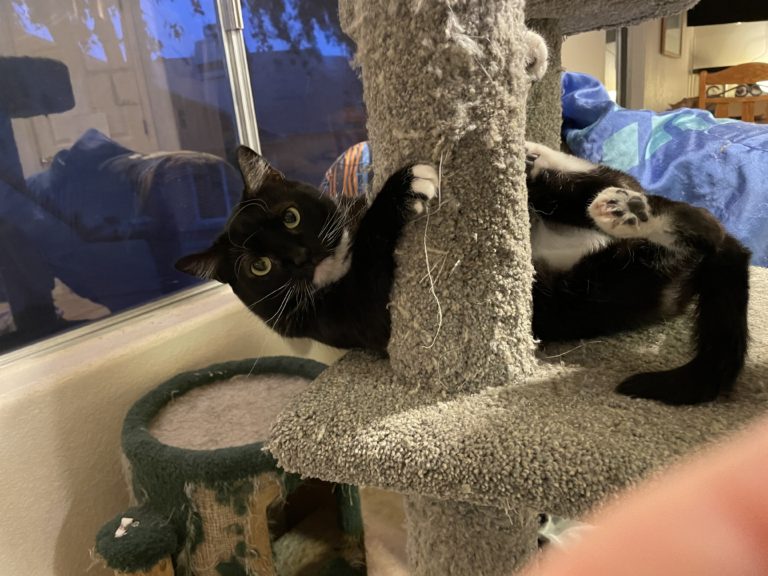Introducing Your New Cat to Your Home
*This post may contain affiliate links for which I earn commissions.*
Ok. You’re almost there. This is the fourth and final article on introducing your cat. If you made it this far, then things have gone well. Your patience and perseverance are paying off. Now this can be the easiest step of all. In fact, this step may have already happened while you were working on steps one thru three. However, if that is not the case you don’t want to let your guard down here. This step can catch people of guard because the new cat or your current pets can act differently in different parts of your home. So even if everything has gone well so far you will want to follow these last few steps to help ensure the entire introduction process goes as smoothly as possible to the very end.

The best way to handle the entire home introduction is to first go through the home and shut most of the extra doors to other rooms. Bedrooms, basement, and if possible access to other levels. The goal here is not to overwhelm the new kitty with an “all at once approach”. You will want to shut doors to most rooms as a back up if things go wrong. If things take a negative turn you don’t want the new kitty to panic and shoot under a bed in another room or down into the basement. You want to be able to see, interact, intervene and manage the situation as it develops so that the final step doesn’t end up as a big setback.

As you are introducing your cat to the entire house you do want to keep the door open to their safe room so that if they feel the need to retreat they have easy access to this room. It’s also best to not let any other pets in the safe room just yet if it’s needed quickly. If possible try not to allow any pets or humans to block the path back to the safe room early in the process.

You want to continue to be conservative here just to avoid the potential for a major setback. Minor setbacks can usually be handled pretty simply, but major issues may delay progress quite a bit. Just keep in mind that ANY NEW situation can be reacted to differently by ANY pet. Being aware: if this is the first time that these two pets have met face to face, or the first time you have company over, or the first time the new kitty has been in the kitchen, or the first time the new kitty has eaten in the same room as another pet, or used a different litterbox, etc. You just want to be aware and observant whenever it’s a “first” for anything. This approach will allow you to have some control of how it goes and becomes the “normal”. It will be easier for you to guide the direction of how things go the first time instead of trying to change it later.
Your biggest challenge will be fear. Fear from your new cat. Fear from your current pets. Even a sense of fear from the humans that something will go wrong. Animals can sense fear in anyone. This will usually cause most of your issues with introductions. The goal is slow introduction using the safe room and gradually feeling safe with at least one human. All of the techniques and strategies discussed in this series will help dilute, minimize, or perhaps even eliminate most of the fear.

Your new cat will usually have some fear. It may have a lot of fear. This just means you need to keep the introduction process slow and easy. There is no rush, no timetable. It takes as long as it takes. We went six months with one of our introductions, but in the end it was successful. That is all that really matters. On a rare occasion we have encountered a new cat that was VERY confident. They have all been males so far. They are the easiest to introduce to a new home and family. Although you will still want to go through the steps I have listed in these articles. Even though the new cat is confident, your current pets may be less so and that can cause some issues if not approached using a plan.

This is a picture of our newest addition Bunchy. He was a neighborhood stray with vision issues in one eye and his back legs seem to not work like a normal cat’s legs would. He can walk and move, but really can’t jump up very high or run. It took us several months to get him to trust us enough to interact with him outside. He is now extremely confident even with his physical limitations. We were concerned for his safety outside and started to bring him in using the techniques I mentioned in the other articles. We had to introduce him to 3 dogs and several cats. It has taken about a month, but has gone very well. He is now in his new home! There will be more details on Mr. Bunchy in the future. I hope you found this series of articles helpful. I want to thank you for bringing in a new cat to your home. We have had as many as 35 inside at any one time before most are adopted out.







